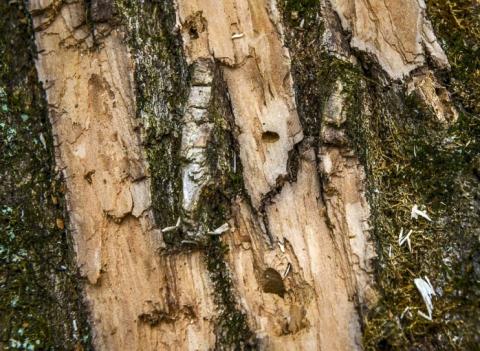
By Chris Mooney
Last week, a group of researchers published saddening news about “sudden oak death,” spread by an invasive water mold, that has killed over a million trees in coastal California. The pathogen, they found, simply cannot be stopped — though it can still be contained, and the harm mitigated. But it is too extensively established now in California to eradicate.
Unfortunately, it’s a familiar story. The U.S. is subject to the introduction of 2.5 new invasive insects into its forests ever year, according to a comprehensive new analysis of this problem, in the journal Ecological Applications, by Gary Lovett of the Cary Institute of Ecosystem Studies and a group of 15 colleagues from Harvard, the U.S. Department of Agriculture, and numerous other institutions. And that number is just for insects — it doesn’t count diseases, like sudden oak death.
The study finds that the rate of these invasions is increasing, because it is fundamentally related to global trade, which keeps on growing — and that already, their “likely” toll is in the billions of dollars every year. “If you look at the accumulation of pests in our forests, it’s pretty clear to me that we’re not doing a sufficient job,” Lovett says.

